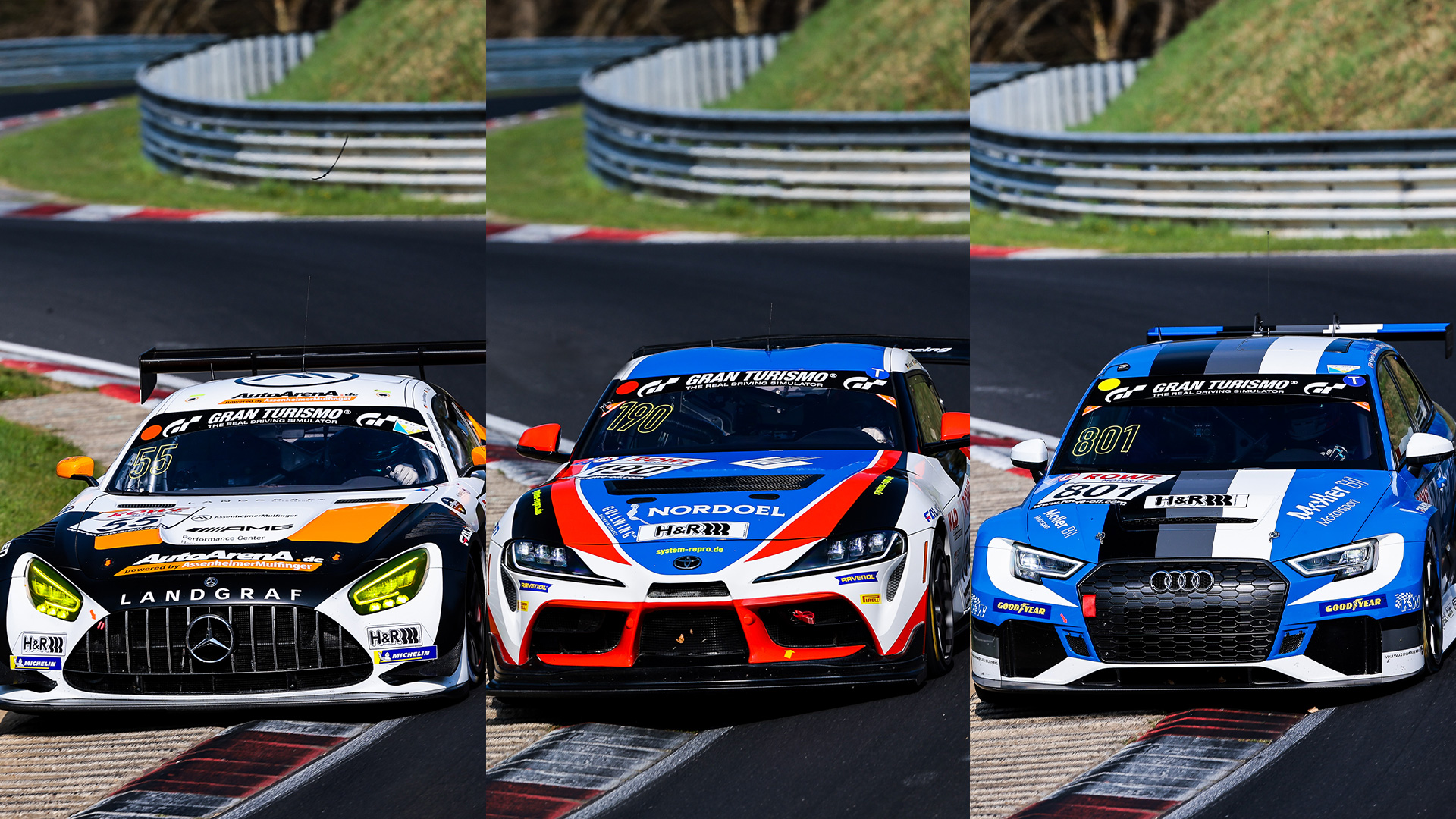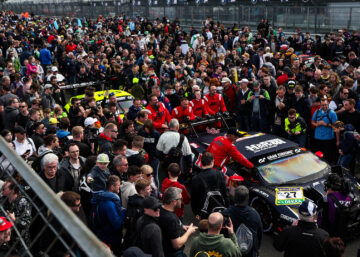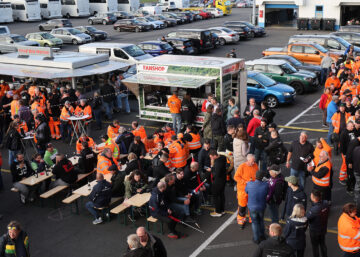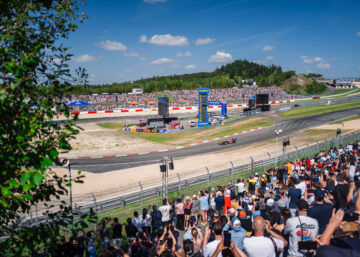The Nürburgring Endurance Series combines many elements that make the series very attractive both for drivers and teams. On the one hand, it is the compact format with the possibility of the set-up sessions on Friday, the qualifying on Saturday morning and the race start on Saturday lunchtime, all of which have been creating enthusiasm since 1977. For many drivers and mechanics, the Sunday then belongs to the family again.
Driving times between 5.5 and 7.5 hours per race event in combination with attractive entry fees offer the teams many advantages and marketing opportunities on the most beautiful race track in the world.
While this concept is familiar to many teams on a national as well as international level, the class structure in the NLS has the potential for misunderstandings, especially for newcomers, which we would like to clarify a bit here in Part One of our new series “Here is how it works”.
The first interview explains how easy it is for newcomers to compete in the GT3, GT4 and TCR categories – three globally recognised regulations. The VLN technical trio Wolf von Barby, Mario Hermani and Sebastian Schuricht shows the requirements that have to be met.
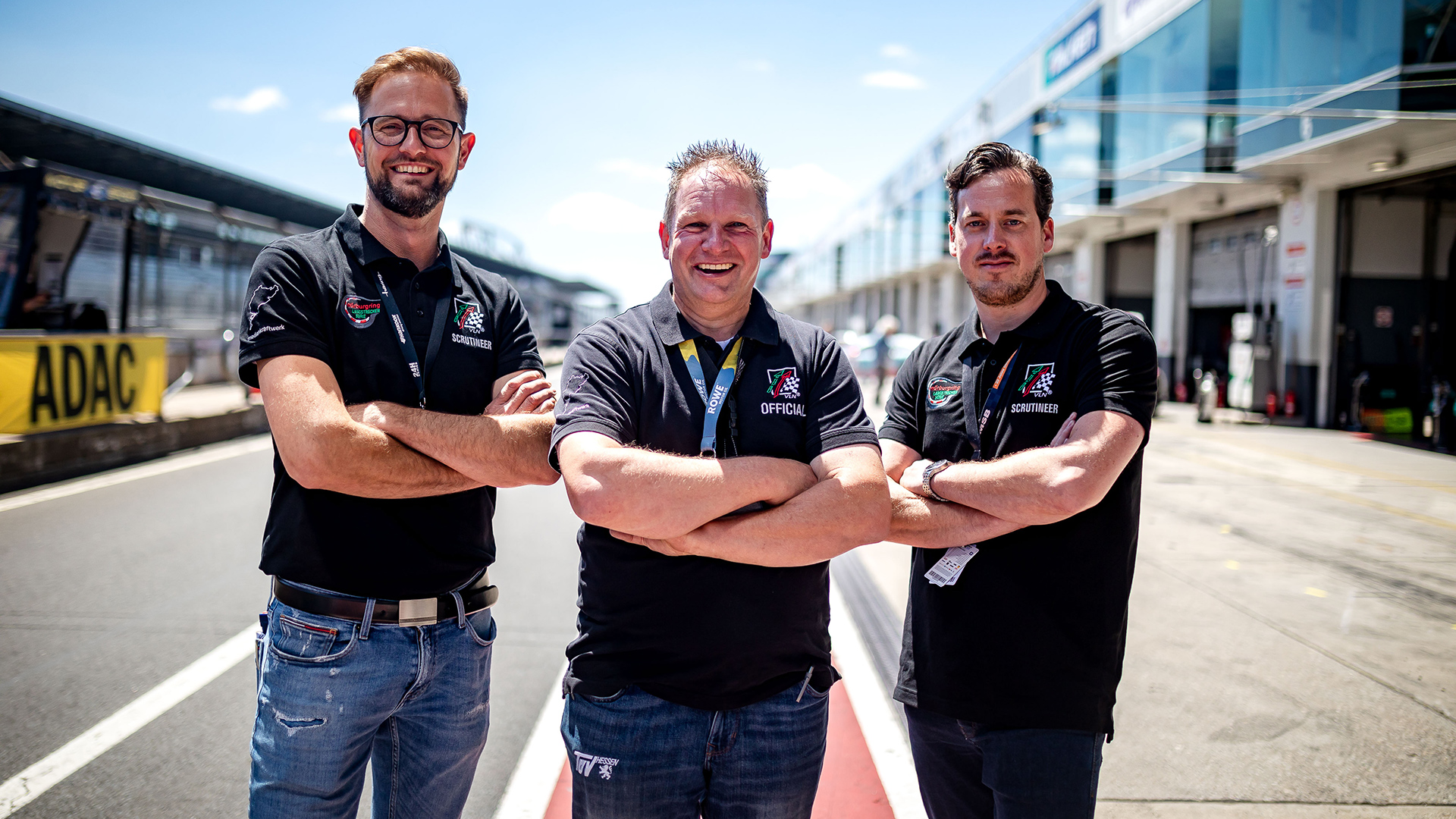
Let’s start with the basics of the SP regulations, in which the classes SP9 (GT3) and SP10 (GT4) are classified in the NLS. What is the background?
Wolf: The Specials regulations were launched by the ADAC Nordrhein at the end of the 1990s to allow a large number of cars to take part in the 24h Race at the Nürburgring. The NLS has immediately used the regulations for its own races as well. The supremacy over the regulations continues to remain with the ADAC Nordrhein. When the GT3 and GT4 cars then appeared, these classes were incorporated into the Specials regulations. In the case of GT3, with minimal changes compared to the international standard in order to meet the special requirements of the Nordschleife. The GT4 was adopted almost unchanged because they are very close to series production cars.
The GT3, GT4 and TCR regulations are used all over the world. In the Nürburgring Endurance Series, they are eligible to compete in the SP9, SP10 and TCR classes. How easy is it to compete with these racing cars?
Mario: Especially for the GT4 cars, it’s simple. All you have to do is submit an entry in the SP10 class. And you are almost ready to drive.
Sebastian: It’s really only small things that you have to keep in mind from a technical point of view. At the Nürburgring there are quite strict noise restrictions as you know. You have to pay attention to that. The maximum noise level is 130 dB(A) according to the LWA method and 98 dB(A) according to the LP method. But most manufacturers have corresponding exhaust systems that comply with this.
Years ago there were some problems with the GPS antennas that we use to monitor speed regulations in dangerous situations, etc….
Wolf: That is no longer a problem. In the past, the antennas had to be screwed onto the roof with a retaining plate. With some vehicles, this caused problems with the homologation or the approval according to road traffic regulations. But this is no longer an issue. Meanwhile, there are very good adhesives for attaching the mounting securely to the roof. The cable can then simply be passed through the door into the interior of the vehicle.
What do you have to consider in terms of chassis, safety equipment, etc.?
Sebastian: Nothing really. The vehicles are homologated at a very high level. As far as the chassis is concerned, certain components are free for some models. But GT4 teams are usually very familiar with that. They also use the available resources to develop perfect setups for the most diverse race tracks.
What about the tyres in SP10?
Mario: Well, that’s a special feature of our series compared to all the other GT4 series I know. We don’t have a mandatory tyre manufacturer in SP10 and SP9 (GT3), i.e. a standard tyre that everyone has to use. Only the tyre dimensions have to comply with the homologation.
Wolf: Nevertheless, there is a small obstacle…
Which one?
Wolf: In our series, all cars in the SP9, SP10 and TCR classes are so-called Permit A classes. That means you must have the “big” Nordschleife licence. Before you can request it, you have to complete two races, the equivalent of 18 or 24 laps depending on the pre-qualification and classification, with a smaller Permit-B vehicle.
I remember that there used to be a GT4 car that you could also drive with a Permit B…
Mario: That was an Aston Martin a few years ago. The aerodynamics were trimmed, the power was reduced, so that the power-to-weight ratio of the Permit B was respected. In principle, that would still be possible today, because if the car no longer complies one hundred per cent with the GT4 regulations, we have other classes to which you could switch. But all this has to be clarified in advance as far as feasibility is concerned. It’s difficult to answer this in general terms.
We have now talked a lot about GT4. Let’s take a look at the topic for GT3 cars.
Wolf: There are a few differences. But basically it’s similarly simple. Again, the noise is an issue here. Some manufacturers even provide special Nordschleife kits for GT3 cars, which are also homologated. However, GT3 teams have to consult the ADAC Nordrhein, which has the sovereignty over the regulations in the SP9 class, and the Technical Commission before entering the race so that the vehicle can be classified in the ‘Balance of Performance’ which is much more complex here. Even though the tyres are also optional in GT3, there are rules on this.
But does the same apply here: If an international team wants to race a GT3 in the NLS, is this possible without any problems?
Sebastian: For teams that operate at this level, the specifications are not a big obstacle. If a car has a current homologation, it can also race in our series.
It gets special with the TCR cars. As NLS, we have a unique feature compared to other series.
Mario: Yes. We are the only series in which both current and older TCR cars can compete in one class. For the new cars, we regulate this via the power selector switches, which we then adapt to the performance of the older generations.
Sebastian: In addition, we are the only series in which it is not mandatory to have engines revised at the factory. Especially for the expired models, there are specialists who do this job. After that, we put the vehicles on the test bench and seal them.
So the TCR class still has a lot of potential?
Wolf: Yes. There is a large market for TCR cars worldwide – and all models are welcome in our series. In terms of technology, the cars are designed for durability at reasonable costs. Especially on the Nordschleife, they offer a lot of driving fun.
In the TCR, however, there is a manufacturer commitment in terms of tyres, right?
Mario: Yes. We asked our teams and the majority of them opted for Dunlop tyres at the time, which has now changed to Goodyear.
We will continue the series “Here is how it works” in the future from time to time. Are you interested in a specific topic that we should look at in more detail? If so, please send an e-mail to feedback@vln.de.
